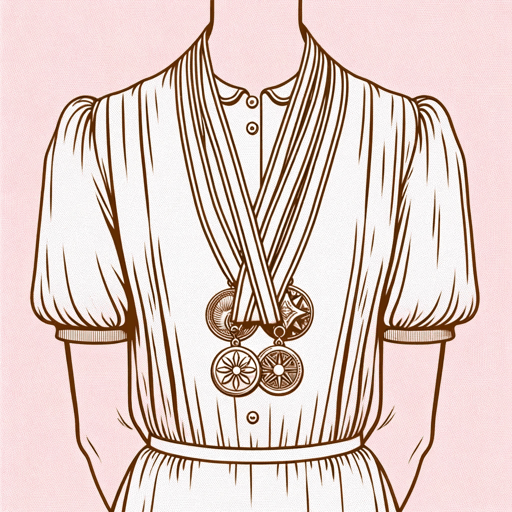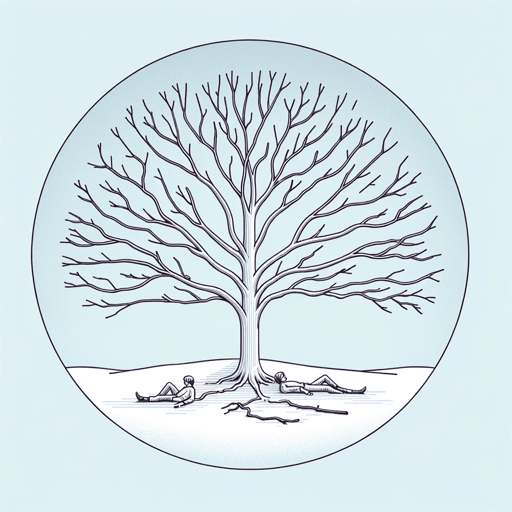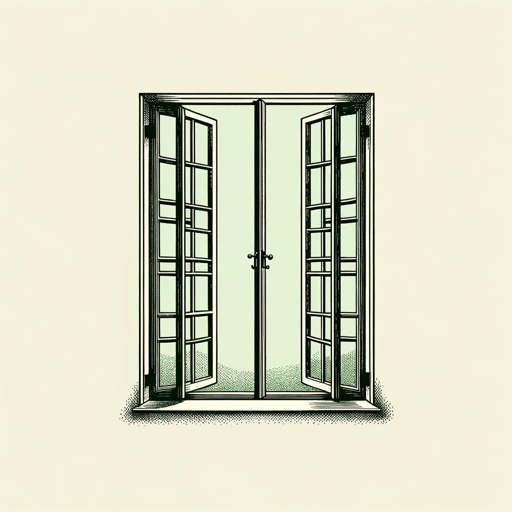27 pages • 54 minutes read
Saki, H. H. MunroThe Storyteller
Fiction | Short Story | Adult | Published in 1914A modern alternative to SparkNotes and CliffsNotes, SuperSummary offers high-quality Study Guides with detailed chapter summaries and analysis of major themes, characters, and more.
Character Analysis
The Three Children
In many of Munro’s short stories, the characters are flat and two-dimensional, with little detail or development, quite often lacking even names. They are merely roles, like “the aunt” or “the bachelor.” Rather than being people with personalities or character development, the characters in Munro’s work tend to instead be flat ciphers upon which various functions and meanings can be assigned.
The three children in the train—the bigger girl, the smaller girl, and the boy named Cyril—are boisterous, inquisitive, and unruly, as many children are. They function in a few different ways in the story. In one sense, they are antagonists, or at least challenges, for both the aunt and the bachelor in their efforts to gain some peace and quiet. They are also stand-ins for the audience when listening to the stories told by the aunt and the bachelor. Furthermore, the aunt views them as repositories for moral lessons on obedience and propriety. She wants the children to embody the maxim that children should be seen and not heard.
However, the author uses their resistance to these lessons to critique the social conventions of propriety in Edwardian England. Ironically, the children have the clearest ideas of truth and reality throughout the story.
Related Titles
By these authors





